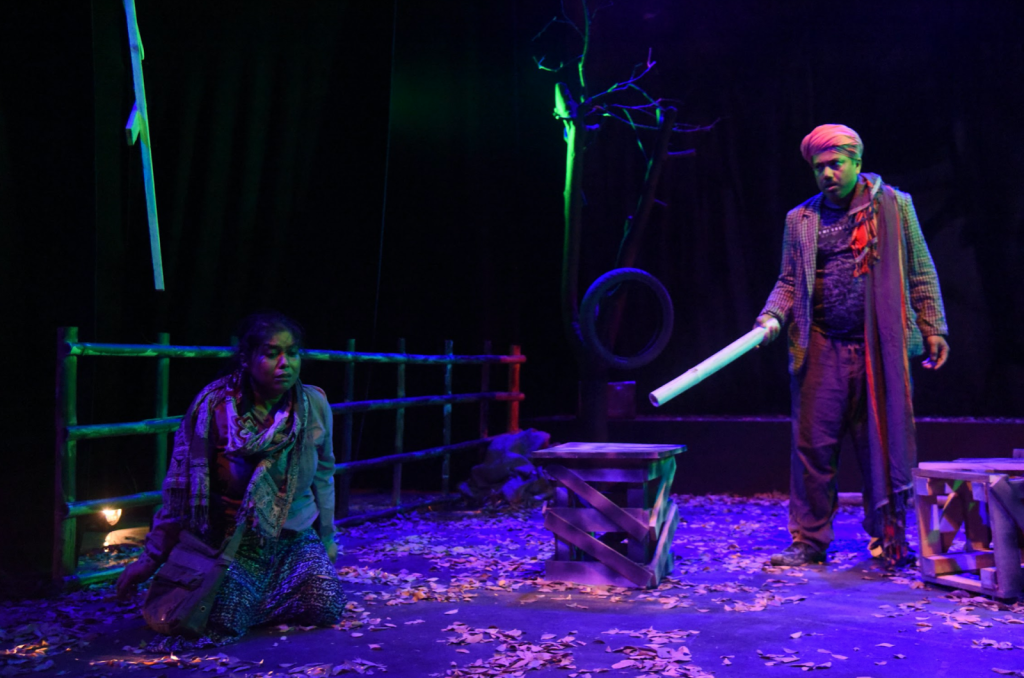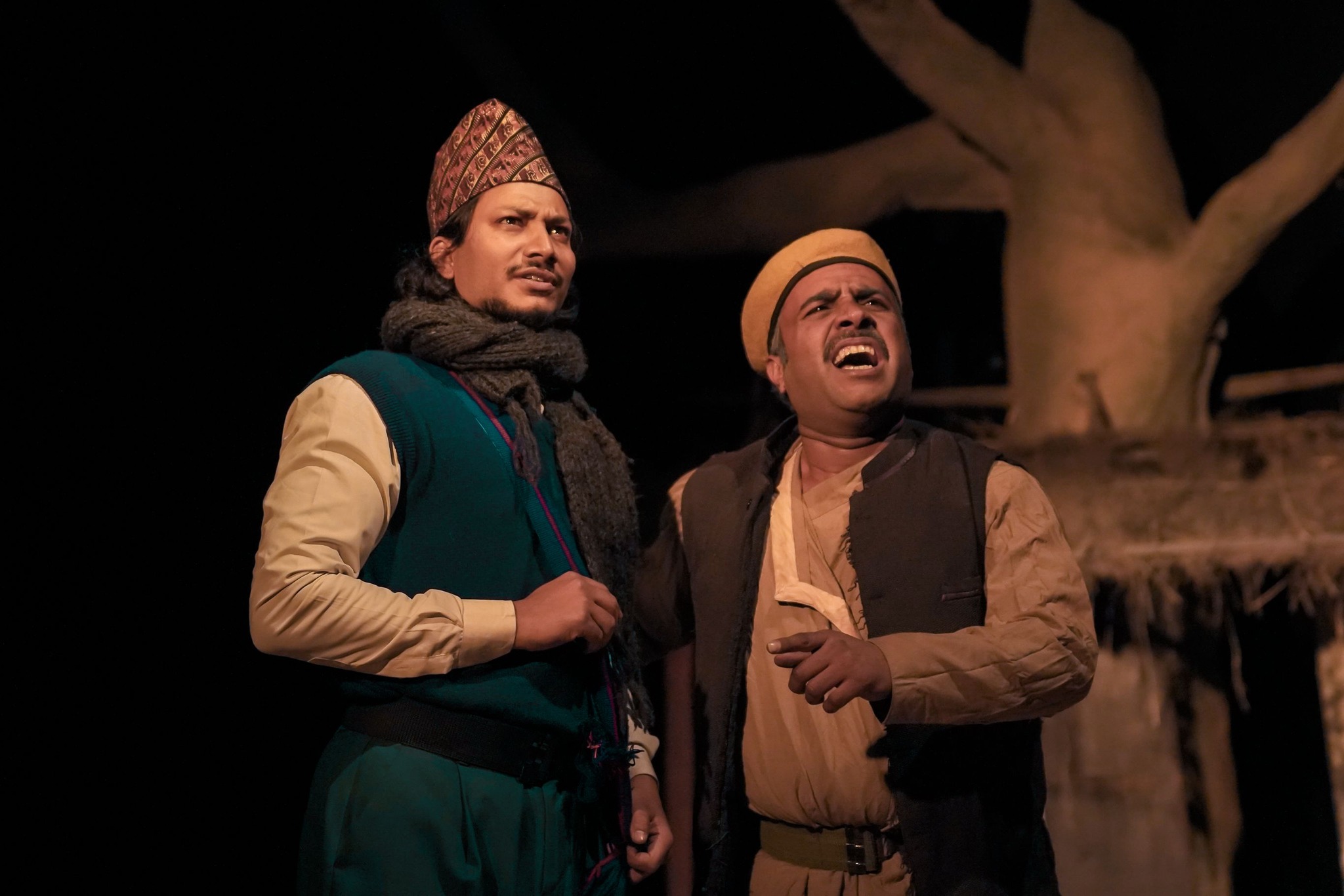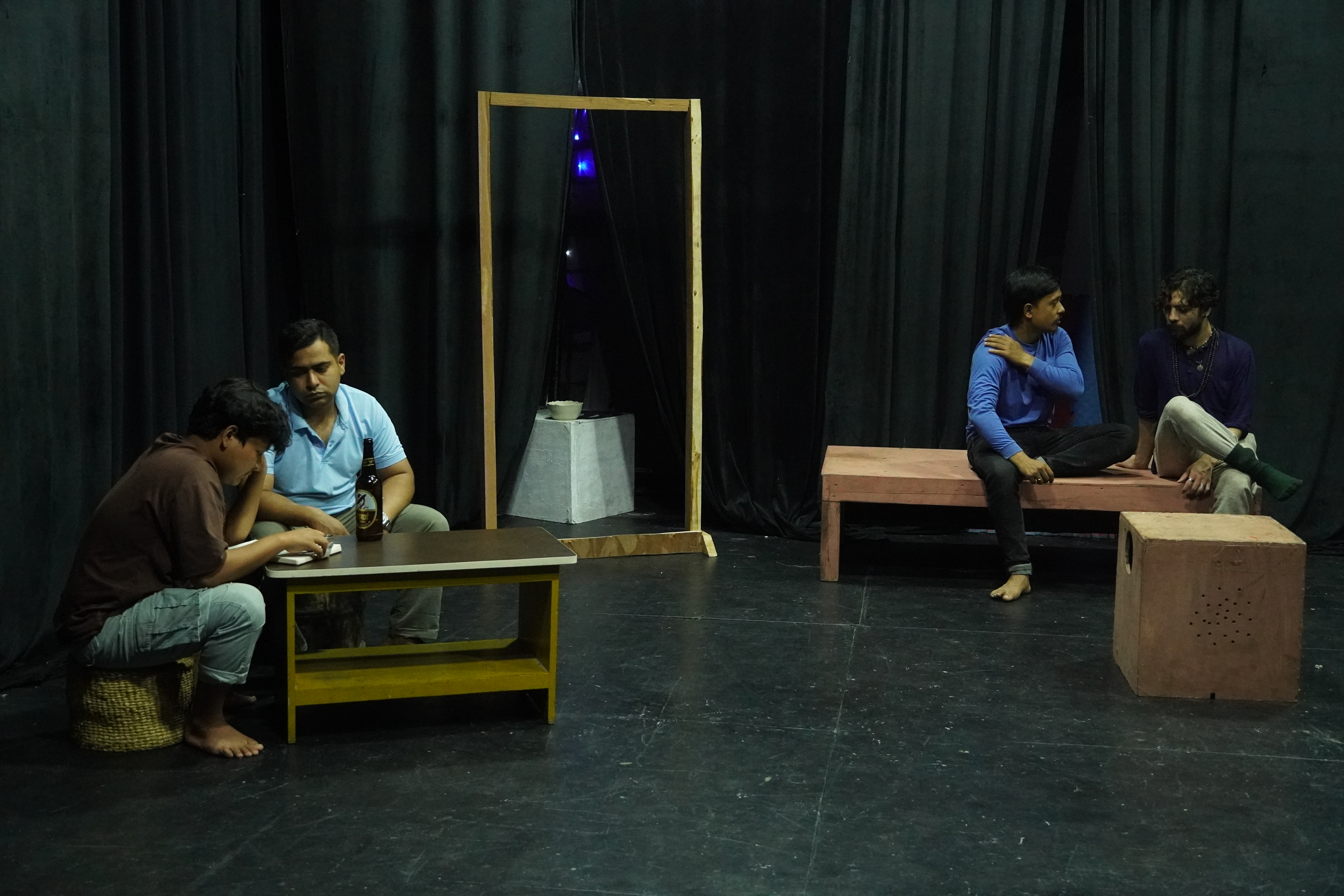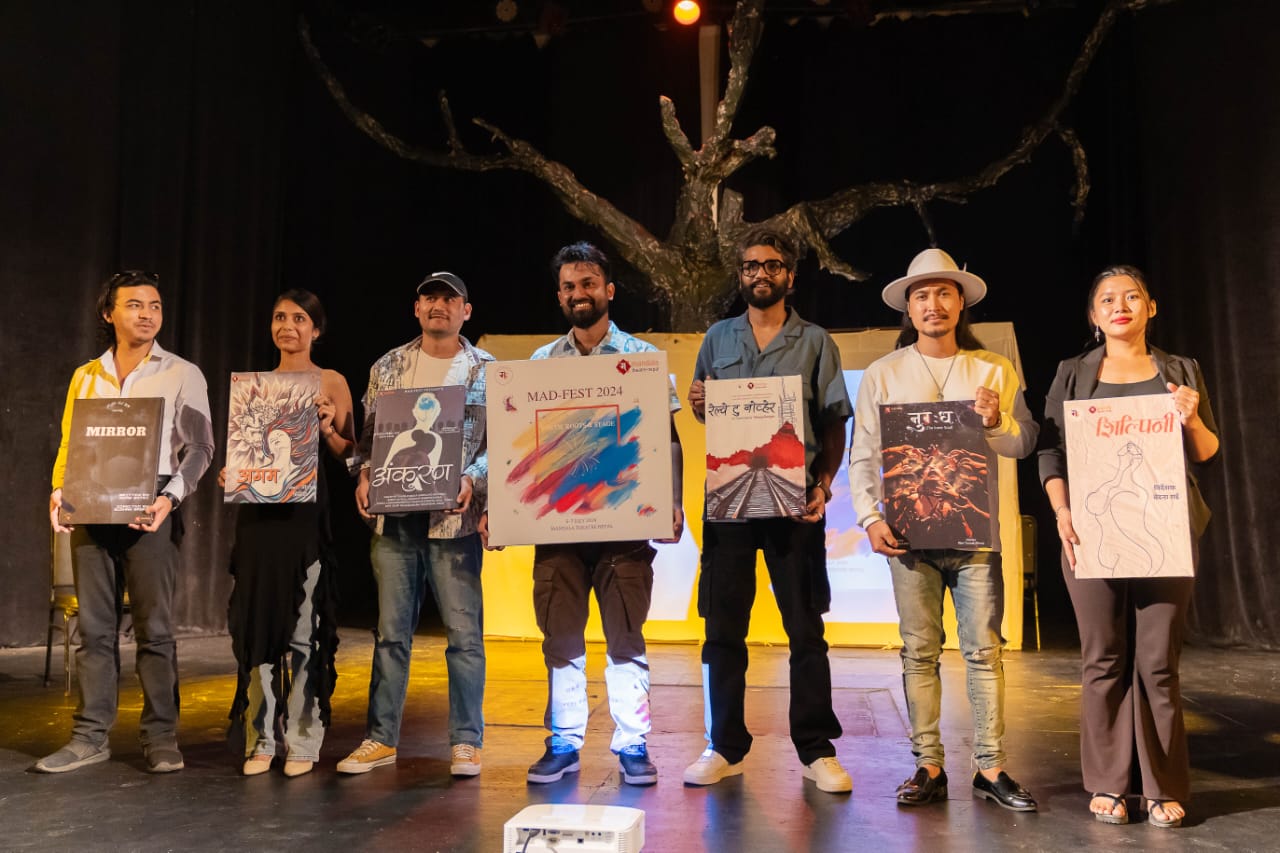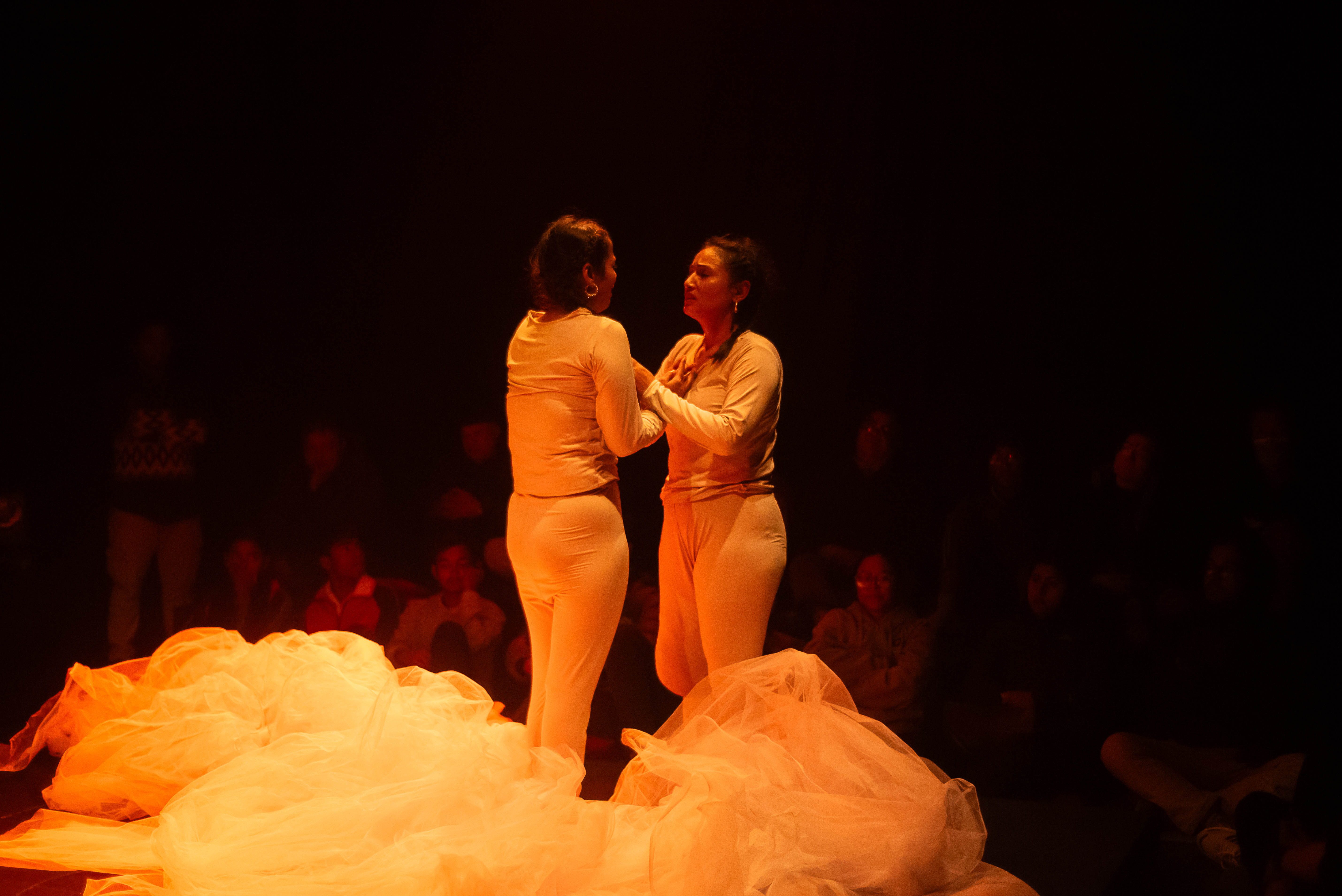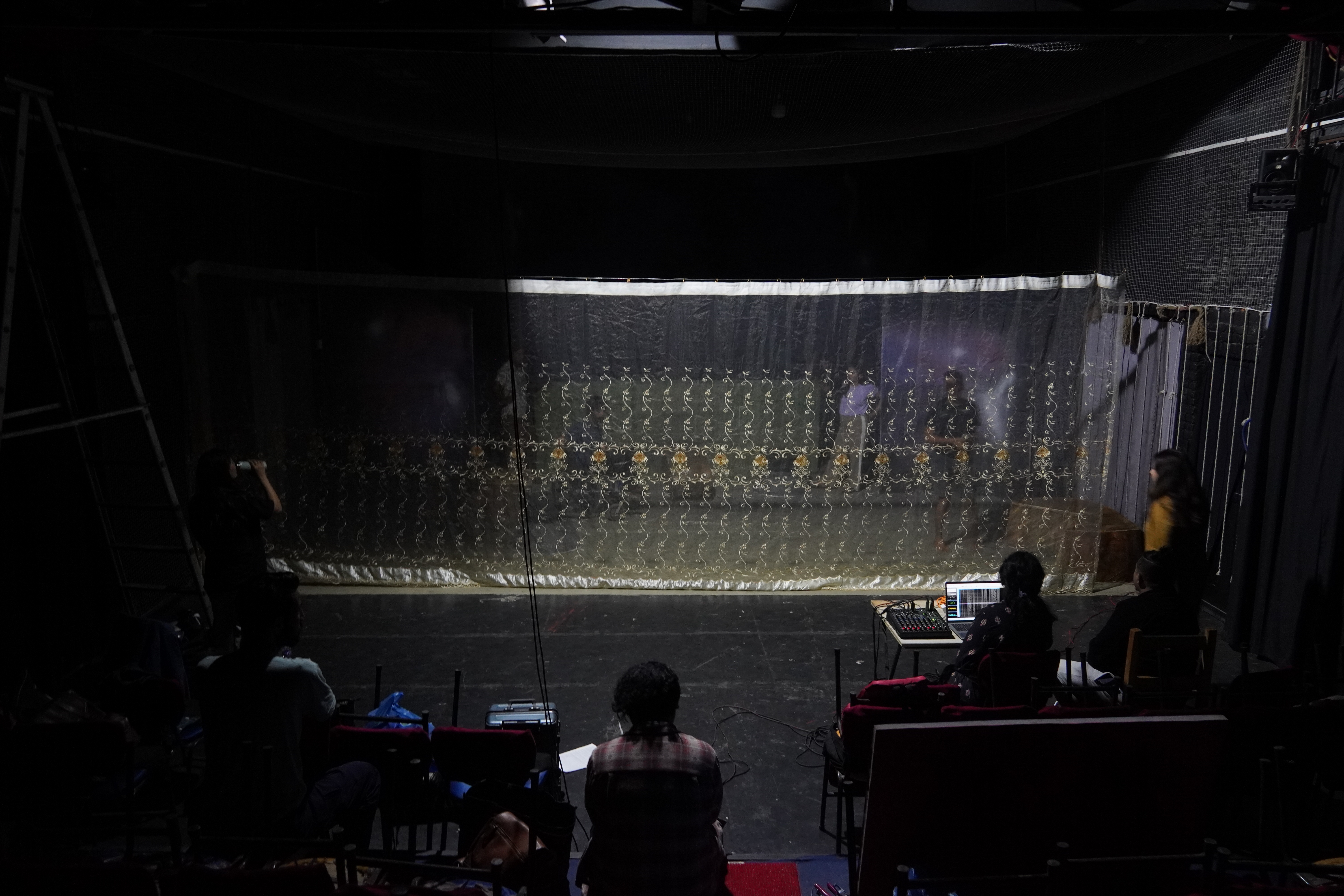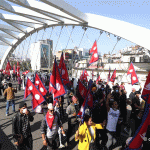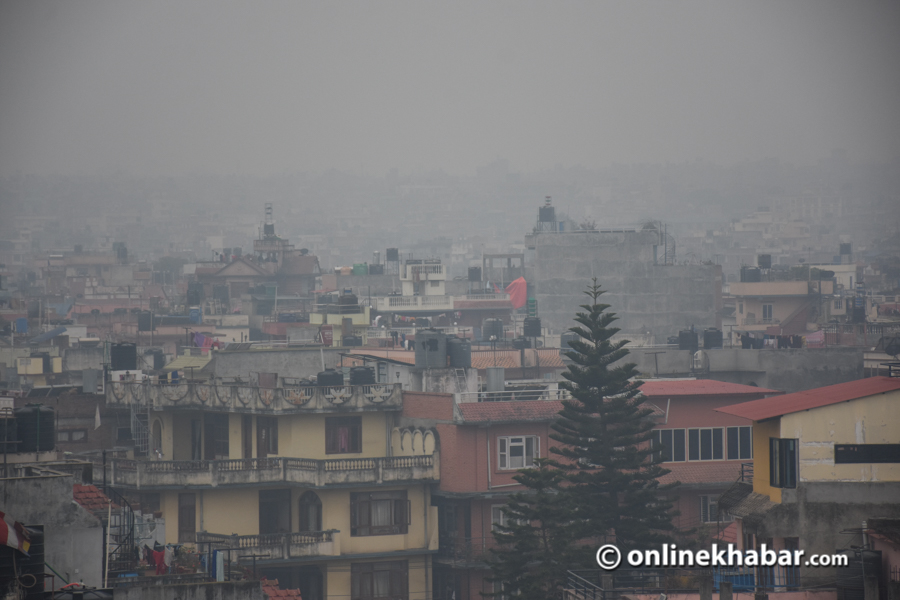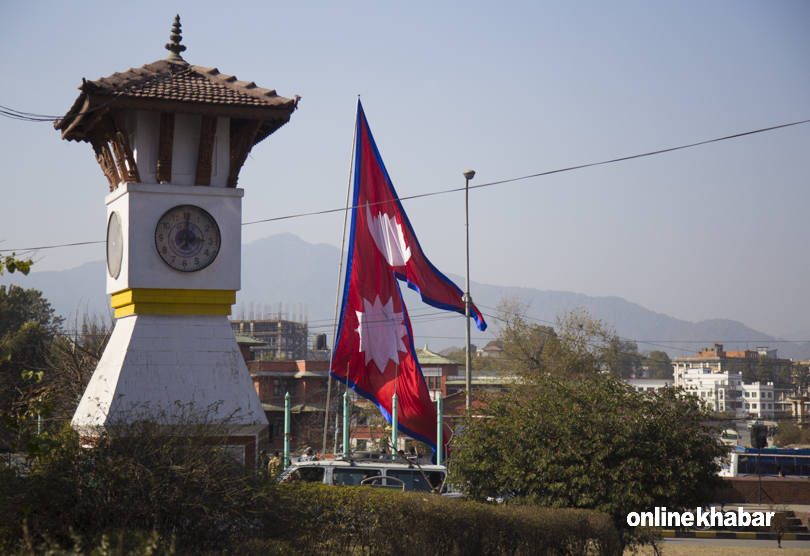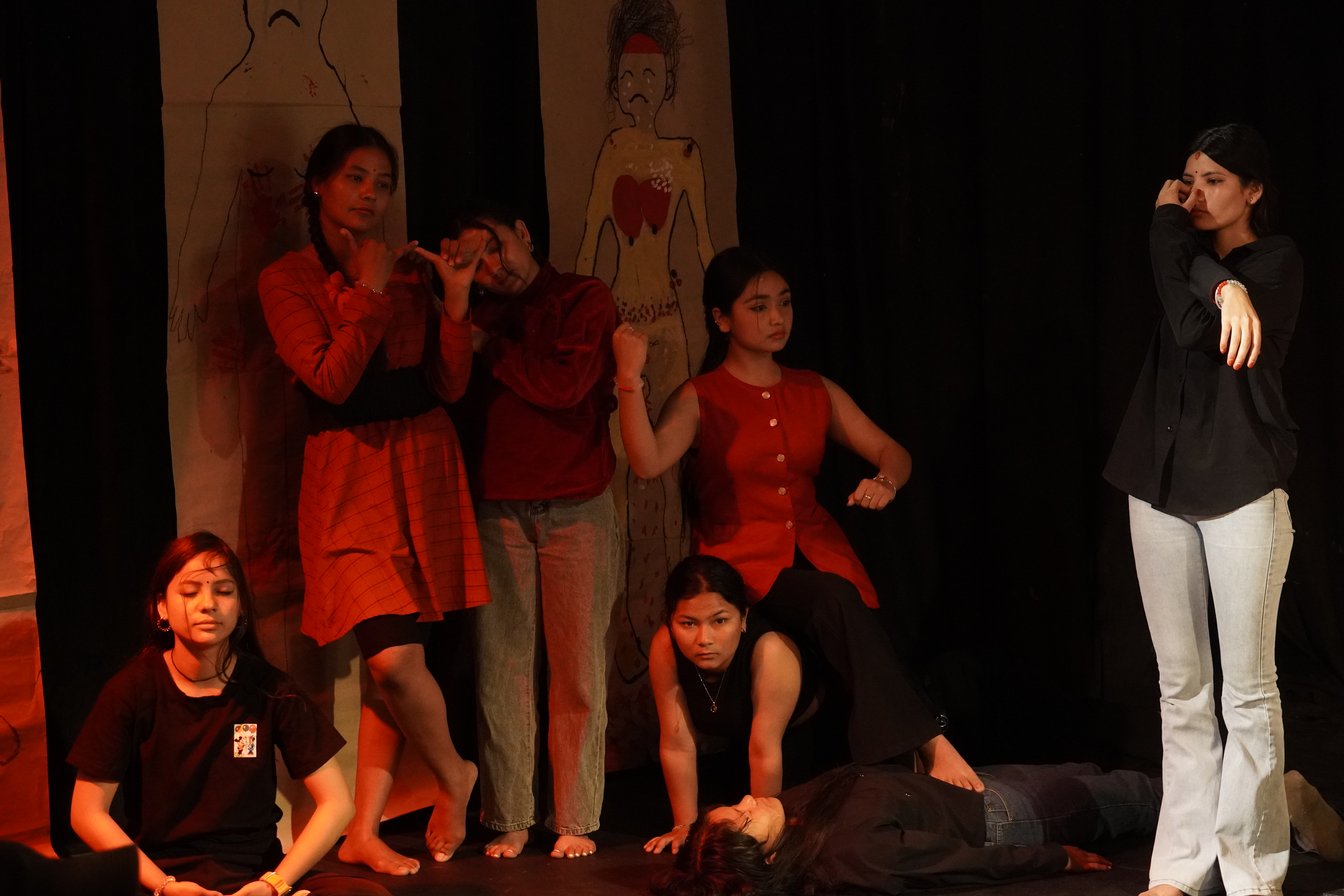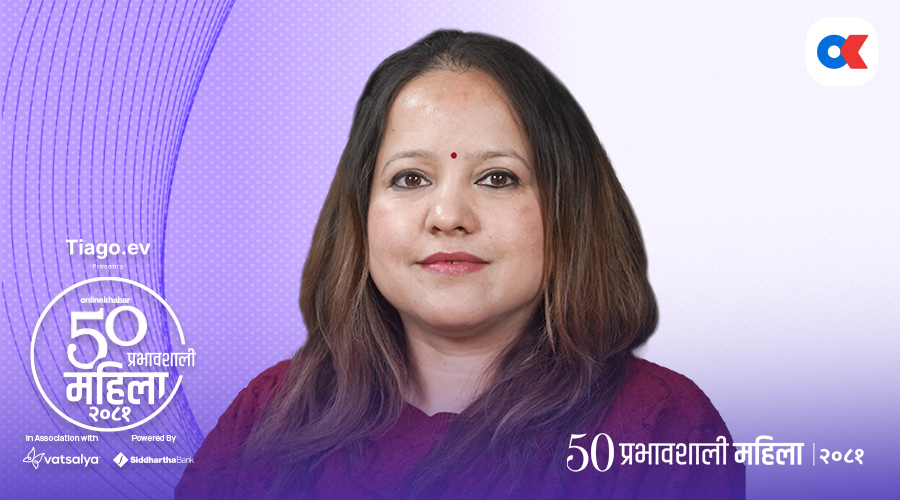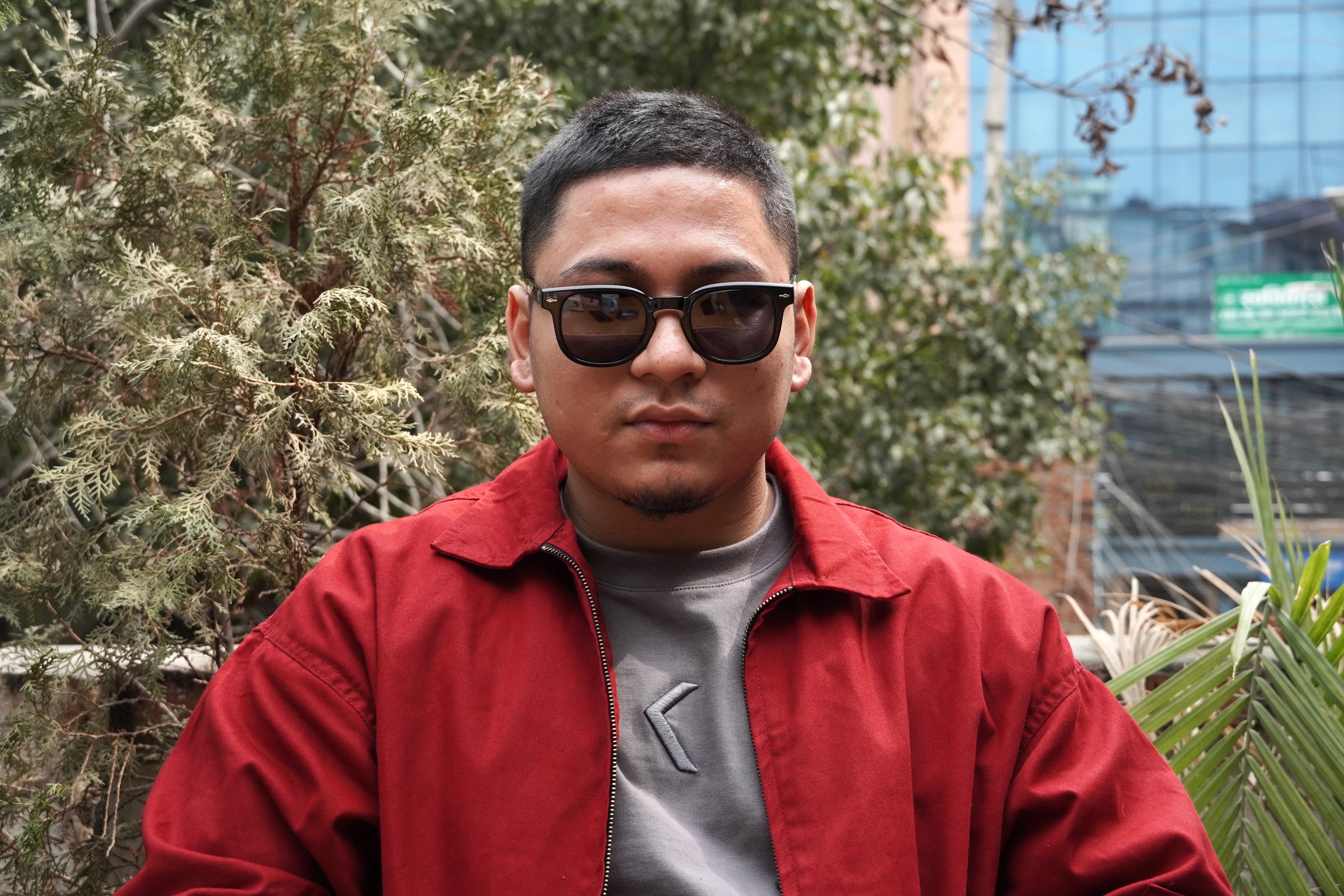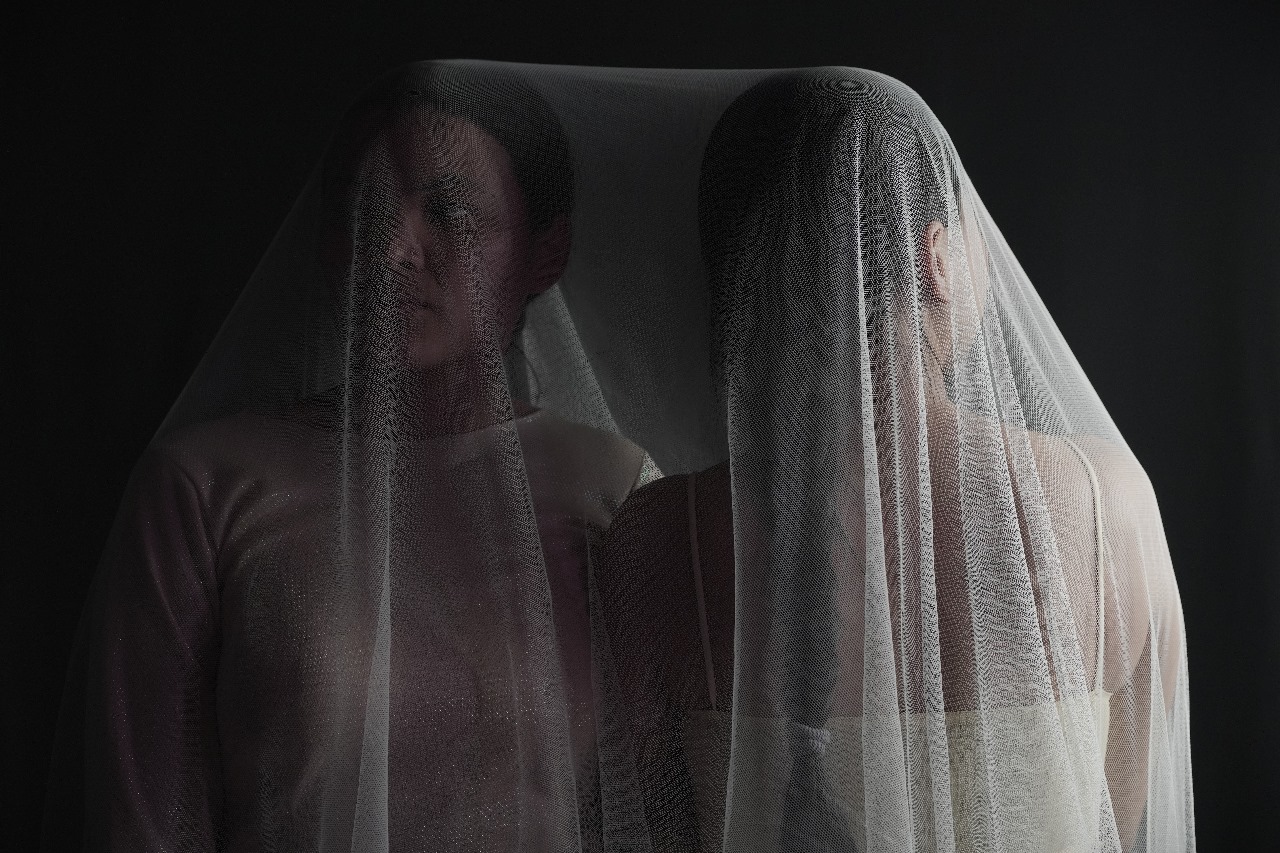
As you step into the venue, the staffer at the box office greets you with a scarf—either red or white. Before entering the hall, you are handed a coffee served in a tequila glass, an unusual and memorable gesture rarely encountered in a theatre. However, you can experience such moments when you go to watch The Stronger, currently being staged at the Theatre Village, Thasikhel, Lalitpur.
Due to the unique experience, the audience might become curious about the play from the beginning. Questions naturally arise, such as the significance of the story’s plot, the purpose behind the scarf handed out at the box office, the symbolism of the coffee served before entering the hall, and other intriguing elements awaiting discovery.
Red Vs White

Talking about its story, The Stronger, directed by Zenny Sunuwar, delves into themes of strength, identity, and societal expectations placed on women. The voice-over that is played in the initial scenes hints that the story of the play revolves around the hardships of women in the society.
The play is built around two symbolic characters: one representing the body, dressed in red and portrayed by Saragam Rai, and the other embodying the soul, dressed in white and played by Sunuwar herself. The tension and dynamic interplay between these two characters form the central conflict of the narrative, offering a powerful exploration of inner and outer struggles.
Since the play features minimal dialogue, it relies heavily on body language, actions, and symbolism to convey its narrative. Elements such as costumes, settings, and props are used as powerful symbols in The Stronger.
Unlike most plays that adhere to conventional genres, The Stronger distinguishes itself by embracing the physical theatre approach. This method allows for an unfiltered exploration of the body’s role in both personal and societal identity, providing a raw and profound storytelling experience.
The Stronger not only offers a fresh and unique experience for spectators but also showcases the versatility and potential of Nepali theatre practitioners to experiment with diverse theatrical styles. For those weary of the conventional genres commonly presented in Nepali theatres, The Stronger serves as an excellent alternative and a refreshing theatrical choice.
Symbolic setting
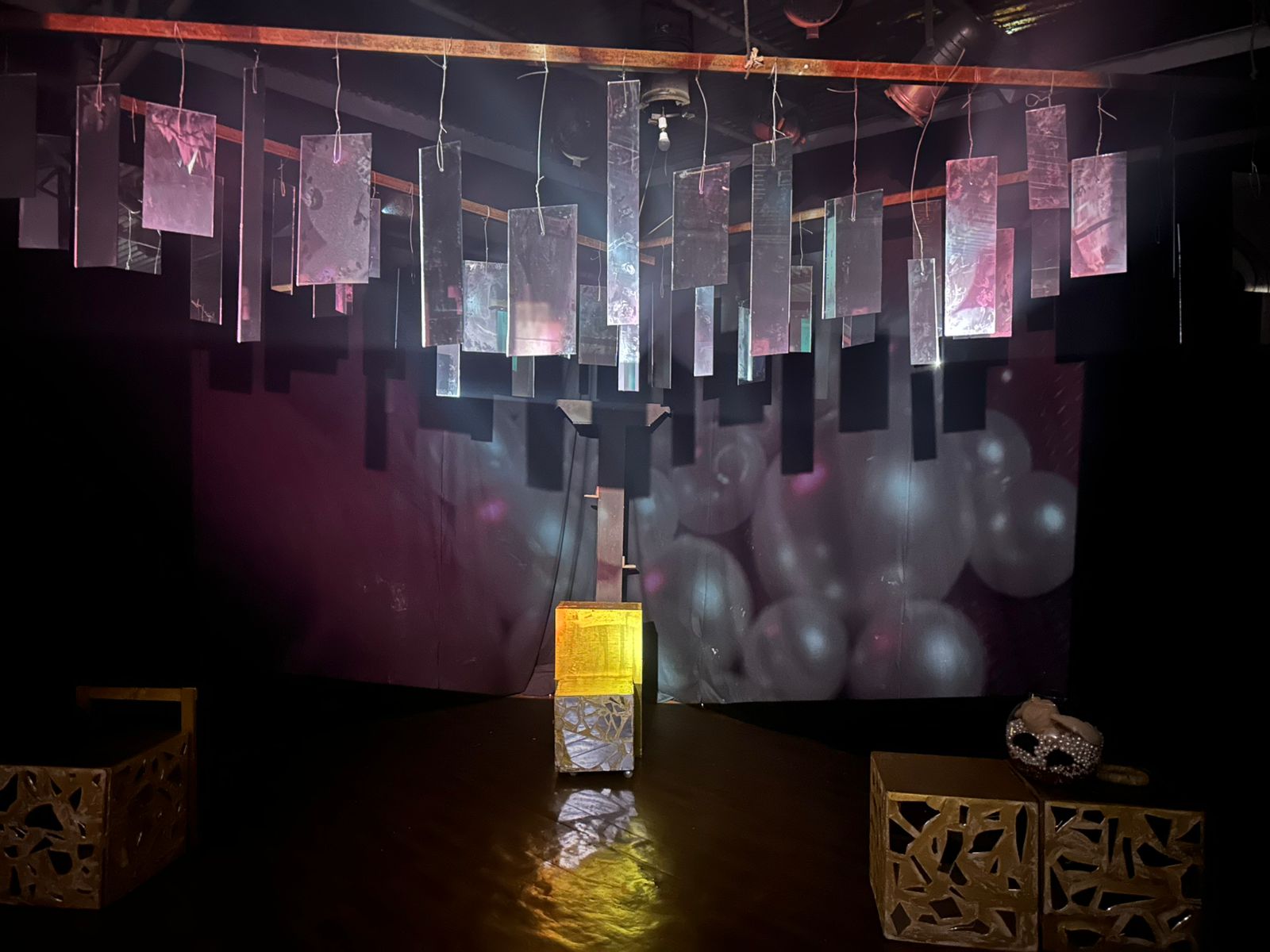
The play boasts an intriguing and symbolic setting. Candles are placed on both sides of the theatre, and rectangular mirrors of varying sizes hang on the stage, creating a visually striking environment.
As mentioned earlier, the play’s setting is rich in symbolism. The use of candles on stage represents a hopeful future for women—a future where they can live independently, free from the constraints of patriarchy and conservative mindsets. Similarly, the mirrors reflect society’s treatment of women, serving as a metaphorical reminder of the injustices they face and the need for introspection and change.
These thoughtful elements not only enhance the play’s visual appeal but also deepen its thematic resonance, urging the audience to reflect on societal norms and the potential for transformation.
Watch to explore
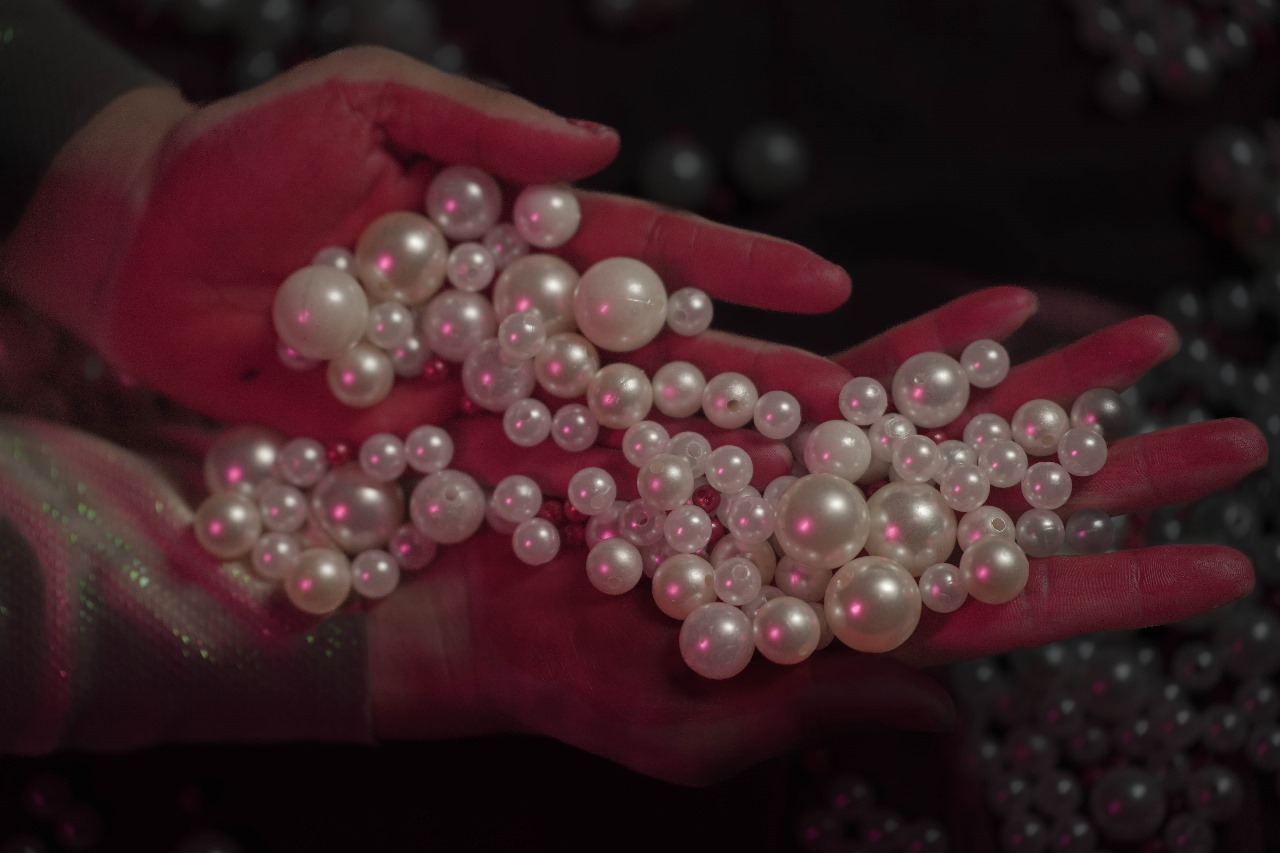
Similarly, various scenes in the play vividly depict the struggles faced by women in different contexts. To fully know about these diverse struggles and the contexts in which they unfold, one must watch the play.
However, one particularly striking scene involves the red-dressed character pulling the clothes of the white-dressed character. This act symbolises the ongoing struggle of women as they fight for their freedom to make choices and assert their independence.
Regarding the performance, both actors deserve appreciation for their compelling portrayal. Undoubtedly, they excelled in conveying emotions through expressions and body language. What stood out was their ability to perform seamlessly despite wearing pointed heels—a challenge in itself. From jumping to walking and running, every movement appeared effortless, adding a layer of grace and professionalism to their performance.
Overall, watching The Stronger was a truly unique experience. For anyone looking to explore something different in the world of theatre—whether as a spectator or a theatre practitioner—this play comes highly recommended. Its innovative approach, symbolic storytelling, and compelling performances make it a standout production that pushes the boundaries of conventional theatre in Nepal.
The Stronger will run through January 25 at Theatre Village, Thasikhel, Lalitpur at 5:00 pm.






